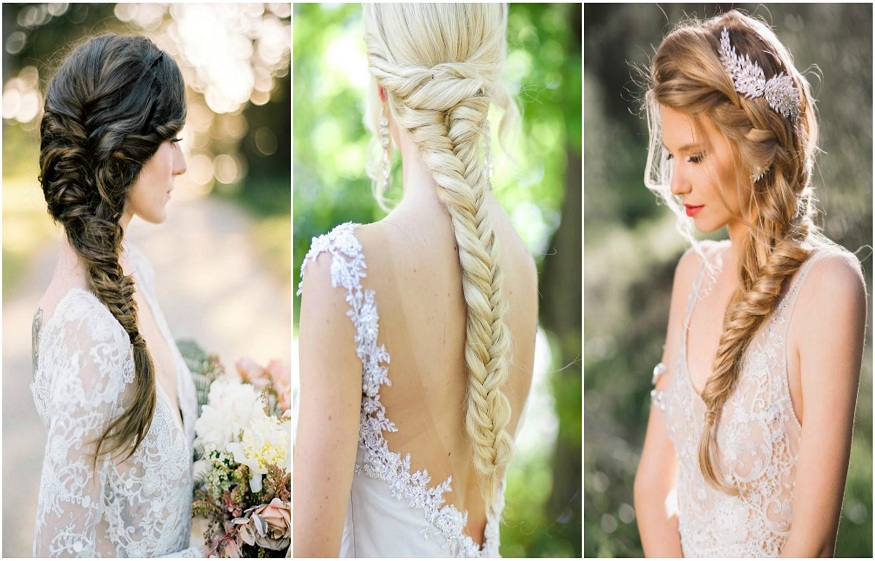Braided Hair And The Magic That Is Intertwined In It
Hair has a life of its own: it is memory, strength, power. Hair is resistant. If self-recognition is not an easy task, neither is visibility.
Braids originated in Africa, the continent where these hairstyles, almost attached to people’s heads, were born but sadly associated with the slavery period. Therefore, to our knowledge, braids come from millenary cultures of the African territory, through which they represented family status, religion, belief, and even ethnically differentiated using braids.
The origin of Afro braids in Latin America is because they used braids as references or maps, which indicated the path they would follow. Something like an escape plan, in times when slavery was common in America.
In a certain way, they designed a map on their heads which they wore as if it were a pretty complex hairstyle, an excellent way to deceive the slavers of those years, to follow escape routes and thus, the longed-for road to freedom.
Cornrow braids are the name given to the small and thin braids woven attached to the scalp. This concept refers to one of the codes that the slaves read on their heads, thanks to which they managed to escape and found the first palenques.
There is a form of braiding exclusive to women since it was done in the moments of encounter and functioned as memories. They knew how to read them meant learning their secrets: how they had felt during the day, what work they had done, and even how they felt with their partner.
And if with the braids one escaped from slavery, with the afro one survived. Thanks to its consistency, seeds could be stored inside the curls to prosper in freedom. Letting one’s hair down had other implications of resistance, ones that included the possibility of economic slack.
Speaking through the hair was a skill that passed from generation to generation, and with it also came some cultural secrets.
Since colonization, they were enslaved by straightening; it was a process of ‘whitening’ to be accepted and castrate them culturally. They were told that they were ugly, that their hair was useless, that they were dirty, but there was a background: those beautiful hairs provoked the jealousy of the white mistresses.
That “temptation” or danger, which black women and their aesthetics began to represent, gave way to the prejudices and impositions that persist today and that are based on criteria of supposed beauty and dirtiness.
As the decades progressed and when political upheavals were raging in the United States, the black population was one of the protagonists of the most revolutionary social upheavals in living memory. In this sense, the hair played a fundamental role in distancing itself from the straight or straight hair that women were proclaiming in those years, giving way to the identity of the black race to germinate in a meaningful way.
However, with the gradual elimination of racial discrimination, afro hairstyles became more musical styles. Thus, entering the seventies and all the disco wave craze, the so-called “afros” had their space. And these were nothing more than loose braids in kinky hair, which was the protagonist during this iconic decade.
Similarly, we could say that African-American braids or hairstyles have gone hand in hand with the musical style that has been imposed over the years. For example, in the nineties, braids attached to the scalp were representative of the hip-hop tribes of the time.
Today, this style is highly coveted thanks to its neat aesthetics and creative designs; many women wish they could put their hair in the hands of “braid shops near me,” so do not miss the opportunity to look for “braid shops near me” and try it!

